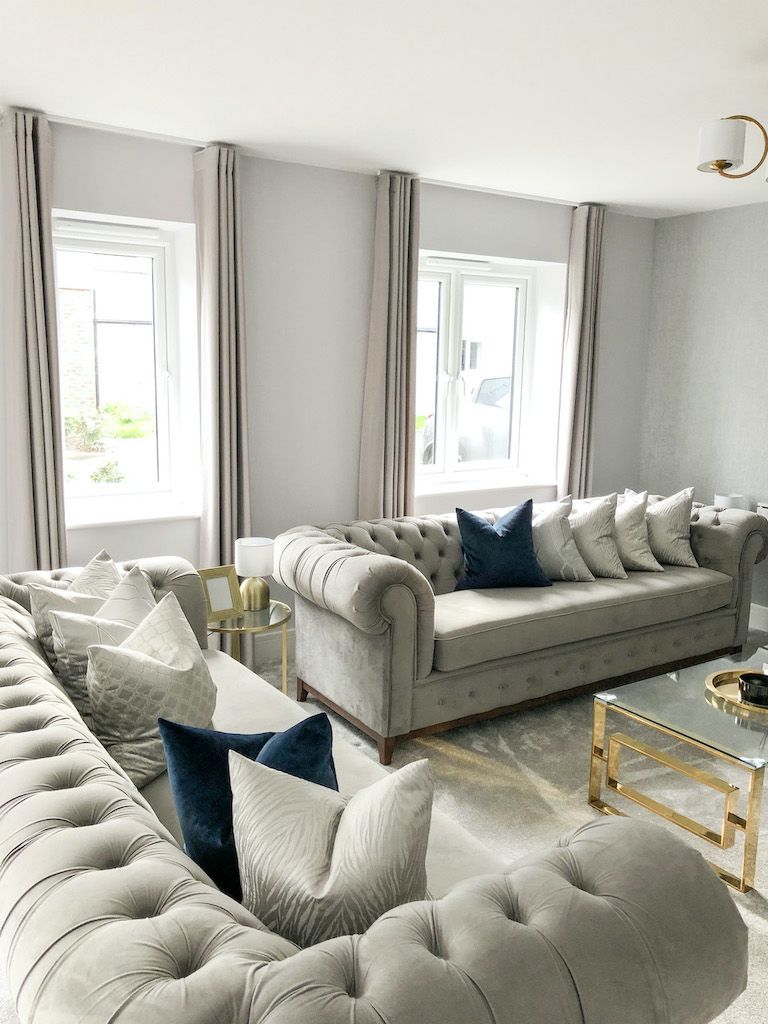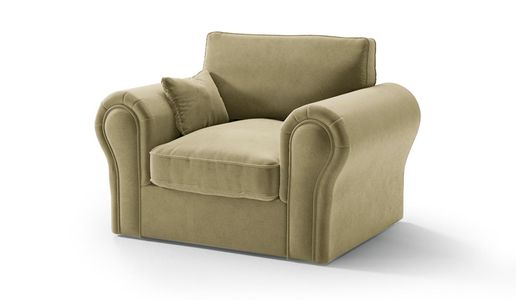
Comparison of Classic and Modern Styles in Interior Design
Interior design is the art of combining aesthetics with functionality, and choosing the right style can make a significant difference to the atmosphere and comfort of a living space. Two popular styles that often dominate interior design are classic and modern. While both have their unique characteristics and advantages, they differ in many ways. Below is a detailed comparison of these two styles to help you understand the effect you can achieve by choosing one or the other.
Classic style
The classical style is synonymous with elegance, harmony and timeless beauty. Its roots can be traced back to antiquity, and it gained popularity particularly during the Renaissance and Baroque periods. Characteristic features of the Classical style are:
Rich Ornamentation
The classical style is rich in detail. Stucco, ornate skirting and ceiling mouldings and intricately carved furniture are a common sight. Ornamentation in the classical style not only adds elegance to interiors, but also emphasises their historic character. Designs and ornamentation are often inspired by nature, mythology and historical motifs, giving the interiors a deeply rooted cultural identity.
Natural materials
Wood, marble, silk and velvet dominate classical interiors. These materials bring warmth and luxury to the interiors. Wooden furniture is usually made from high-quality woods such as oak, mahogany or walnut, which are both durable and aesthetically pleasing. Marble is not only used on floors and walls, but also in furniture details such as table tops. Textiles such as silk and velvet add softness and luxury to interiors, creating a cosy atmosphere.
Symmetry and Harmony
Classic interiors are often symmetrical, giving a balanced and harmonious look. Furniture is thoughtfully arranged, with an emphasis on the focal points of the room. Symmetry in classical style is key to achieving a sense of balance and order. For example, in the living room, the sofa may be placed in the middle of the wall, with identical coffee tables and lamps on either side. This approach creates a visual balance that is calming and pleasing to the eye.
Colour scheme
The colours in the classic style are muted and elegant. Beiges, golden tones, burgundy, bottle green and deep navy blue dominate. These colours create a warm and cosy atmosphere. The classic colour palette often refers to nature, which helps to bring a feeling of calm and stability to the interiors. Gold accents and details add luxury and elegance, emphasising the sophisticated nature of the interior.
Furniture
Furniture in the classic style is solid and often ornate. Sofas and armchairs have comfortable, contoured backs and are upholstered in high-quality materials. Tables and chests of drawers often have rich inlays and gilding. Classic furniture is not only aesthetically pleasing, but also functional and comfortable. Their solidity and durability make them an investment for years to come. Designs on upholstery fabrics can be inspired by historical motifs, adding authenticity and deep-rooted elegance to the interiors. Classic design, can be seen in the Baron and Chesterfield sofa.

Modern style
Modern style, which emerged in the 20th century, is the opposite of classic and is characterised by simplicity, minimalism and functionality. The main features of the modern style are:
Minimalism
Modern interiors are simple and functional. They lack superfluous ornamentation and excessive decoration. Clean lines and simple forms are key. Minimalism in modern style involves reducing elements to their simplest form, creating a space free from chaos and excess. This approach helps to bring calm and clarity to interiors, which is particularly important in today's busy world.
Modern Materials
Glass, metal, concrete and stainless steel are often used in modern interiors. These materials give spaces a cool, industrial look. Modern materials are not only aesthetically pleasing, but also durable and easy to maintain. Glass and metal are often used to create open, bright spaces, while concrete adds a raw and modern feel to interiors. Stainless steel, used in kitchens and bathrooms, is both functional and stylish.
Open Space
The modern style favours open spaces. Walls are often knocked down to create one large, multi-functional room. The open space of the modern style encourages interaction and a free flow of light. Large windows, glass doors and open floor plans create a feeling of spaciousness and increase interior functionality. This approach is particularly popular in lofts and modern flats, where the lack of partition walls allows for flexible space arrangement.
Colour scheme
Modern interiors are usually monochromatic. Whites, greys and blacks dominate, although bright colour accents can sometimes be seen. The neutral colour palette of the modern style creates a calm, uniform background that can be easily modified with colourful accessories. Bright accents, such as cushions, carpets or paintings, add energy and individuality to the interior while maintaining the minimalist character of the space.
Furniture
Furniture in the modern style is simple and functional. Couches and chairs have rectangular, geometric shapes. Materials such as leather, steel and plastics are commonly used. Modern furniture is designed for maximum functionality and minimum decoration. Their simple, clean lines and neutral colours make them easy to blend into a variety of interior settings. Materials such as leather and steel add durability and elegance to the furniture, while plastics offer lightness and ease of maintenance. You will find modern design in the Bondi and Neat sofa.

Comparison
Aesthetics
The classic style is more decorative and elegant, while the modern style focuses on simplicity and functionality. The classic aesthetic is based on rich detailing and ornamentation, which gives the interior a luxurious feel. The modern aesthetic, on the other hand, emphasises minimalism and clean lines, which creates a space with a calm and modern look.
Material
The classic style uses natural materials such as wood and marble, while the modern style favours industrial materials such as steel and concrete. The natural materials of the classic style bring warmth and elegance to the interiors, while the industrial materials of the modern style give the interiors a raw and modern feel.
Space layout
Classical interiors are more formal and symmetrical, while modern interiors favour open spaces and an informal layout. Symmetry in the classic style creates a sense of order and harmony, while open spaces in the modern style encourage flexible and functional use of space.
Colour scheme
Classic interiors benefit from warm, rich colours, while modern interiors are more neutral and cool. A classic colour palette adds depth and warmth to interiors, while a modern palette creates a calm and uniform background.
Furniture
Classic furniture is more ornate and sophisticated, while modern furniture is simple and functional. Classic furniture is characterised by rich ornamentation and elegant details, while modern furniture focuses on minimalism and functionality.
Summary
The choice between classic and modern style depends on individual preferences and needs. The classic style offers elegance and tradition, ideal for those who appreciate rich details and historical references. Modern style, on the other hand, offers simplicity and functionality, ideal for those who prefer minimalism and modern solutions. Whatever the choice, the key to a successful interior design is a harmonious combination of aesthetics and functionality that suits the lifestyle of the occupants.









